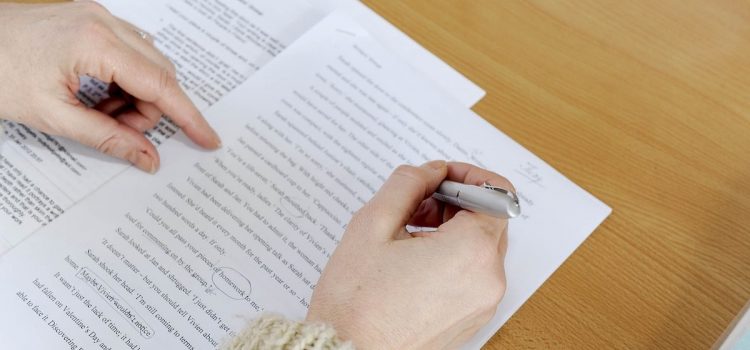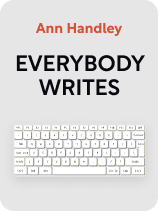

This article is an excerpt from the Shortform book guide to "Everybody Writes" by Ann Handley. Shortform has the world's best summaries and analyses of books you should be reading.
Like this article? Sign up for a free trial here.
Should you edit your own writing before someone else does? What’s the difference between developmental and line editing?
After you’ve gotten your ideas down on paper in your first draft, it’s time to move on to the editing stage. Ann Handley, in her book Everybody Writes, explains how to use developmental editing and line editing to move your draft from rough to decent.
Continue reading to learn how to edit your own writing.
How to Edit Your Own Writing
Once you’ve written a first draft, the next step is to begin editing it. Eventually, you’ll need to have someone else help edit your work, but, at first, you’ll edit on your own.
The first step in learning how to edit your own writing is understanding the two types of editing that Handley calls developmental editing, or editing on a larger scale, and line editing, or detailed editing. Let’s look at each type of editing.
Large-scale editing involves confirming that you’re conveying your main idea and purpose clearly and logically and that your piece has a strong lead-in to grab the reader’s attention. Also, make sure that all information on both the paragraph and sentence level is necessary to the whole piece and cut anything extraneous. Finally, identify anything that’s been left out, such as missing research or logical connections.
(Shortform note: To make large-scale editing on your own work easier, try approaching it as if someone else wrote the piece and you’re editing for them. It may help to print out the writing so you won’t feel tempted to make edits as you go—save those smaller notes for detailed editing. Take only light notes as you read your piece, and, afterward, write up your overall impression and suggestions as an editorial letter for yourself.)
Detailed editing involves making sure that every word conveys something important and cutting words that don’t. Handley recommends being particularly wary of fluff words like “very” and “potentially,” and any other adverbs that don’t add real meaning. Clichéd phrases such as “When all is said and done” should be used sparingly and only when they add something meaningful.
(Shortform note: As you’re examining your writing on such a detailed scale, make sure you don’t accidentally edit out your brand voice. Consider pausing frequently during the process to realign yourself with your voice.)

———End of Preview———
Like what you just read? Read the rest of the world's best book summary and analysis of Ann Handley's "Everybody Writes" at Shortform.
Here's what you'll find in our full Everybody Writes summary:
- Why there is no such thing as a bad writer
- A guide to improving your writing and reaching your audience
- How to adapt your writing to different formats while maintaining your voice






